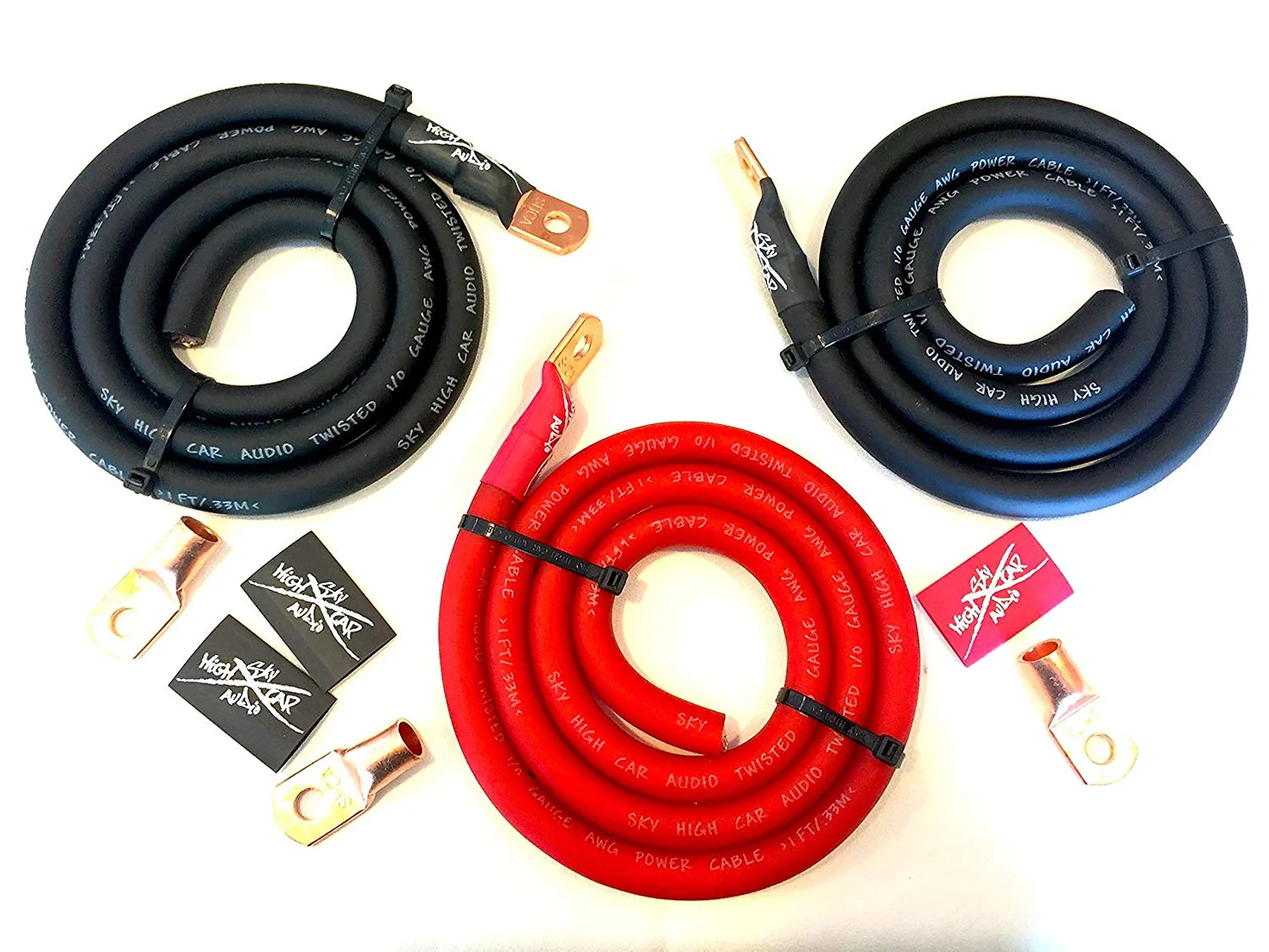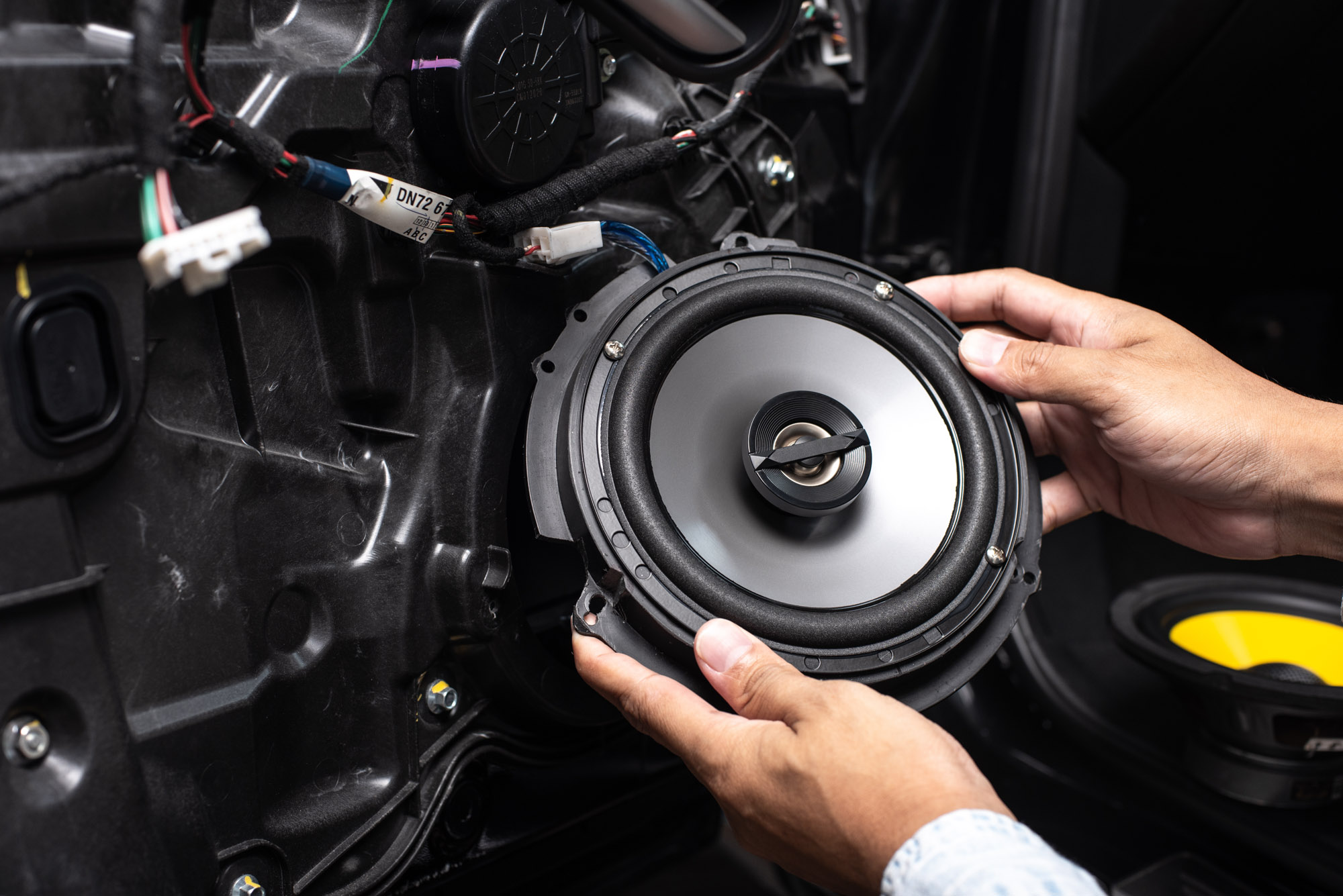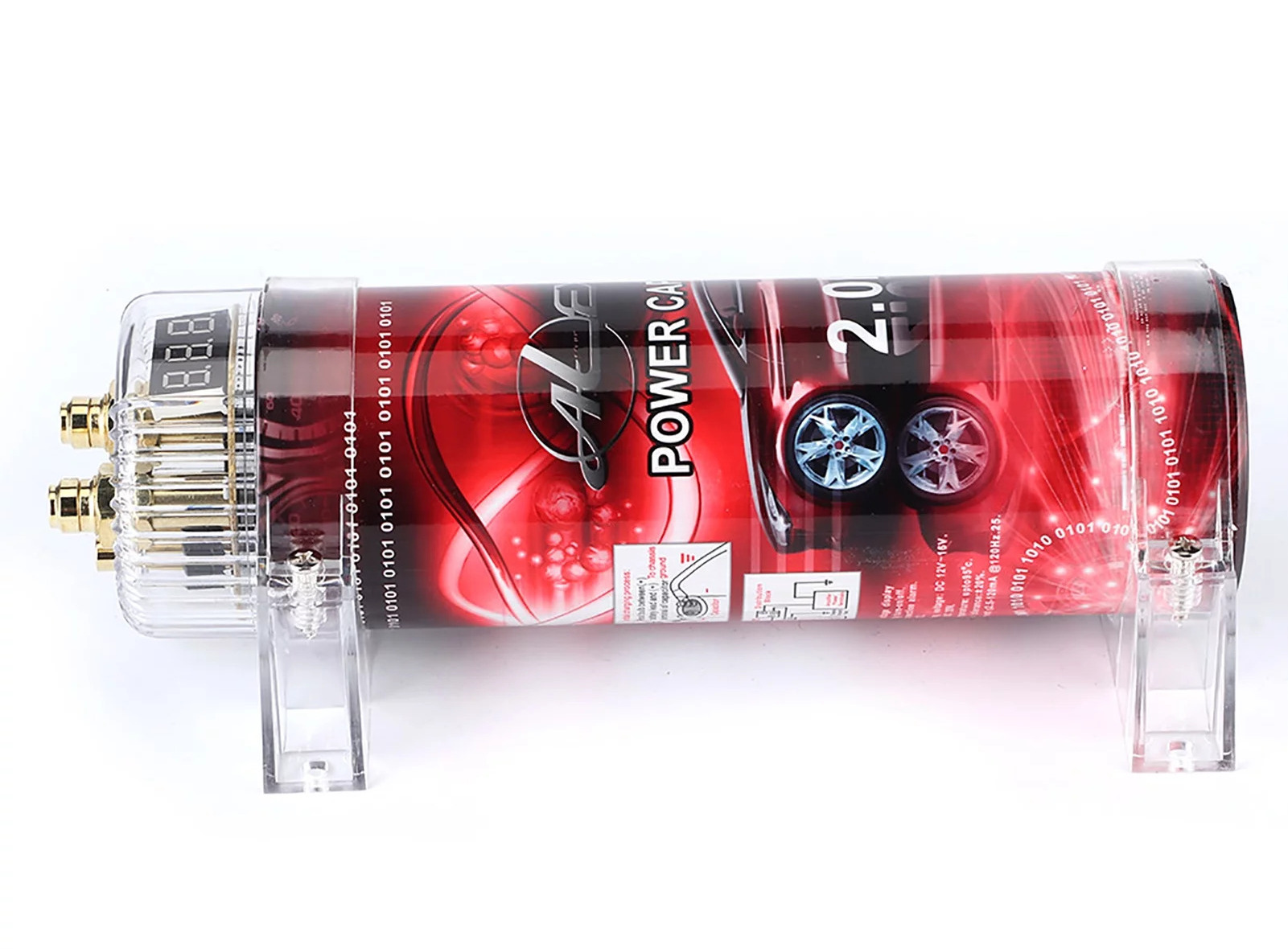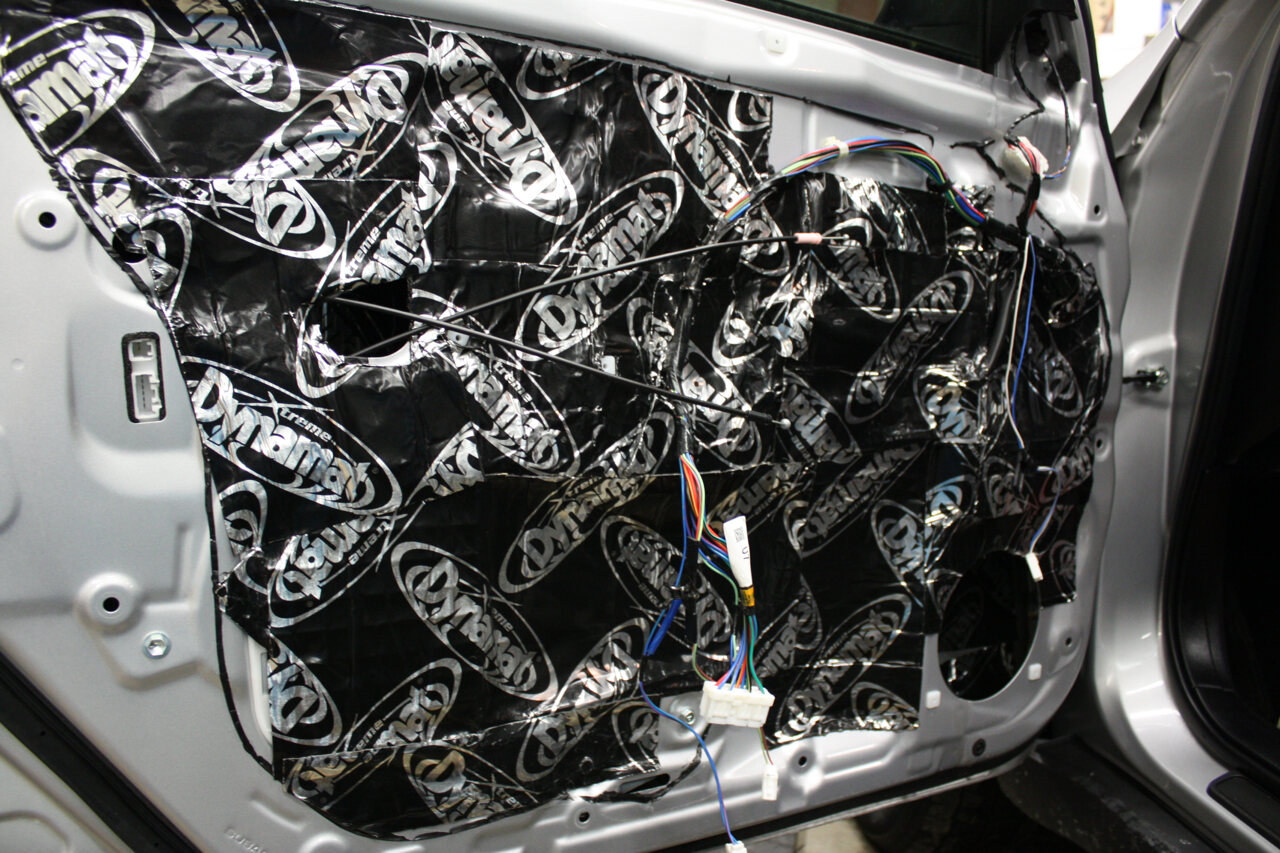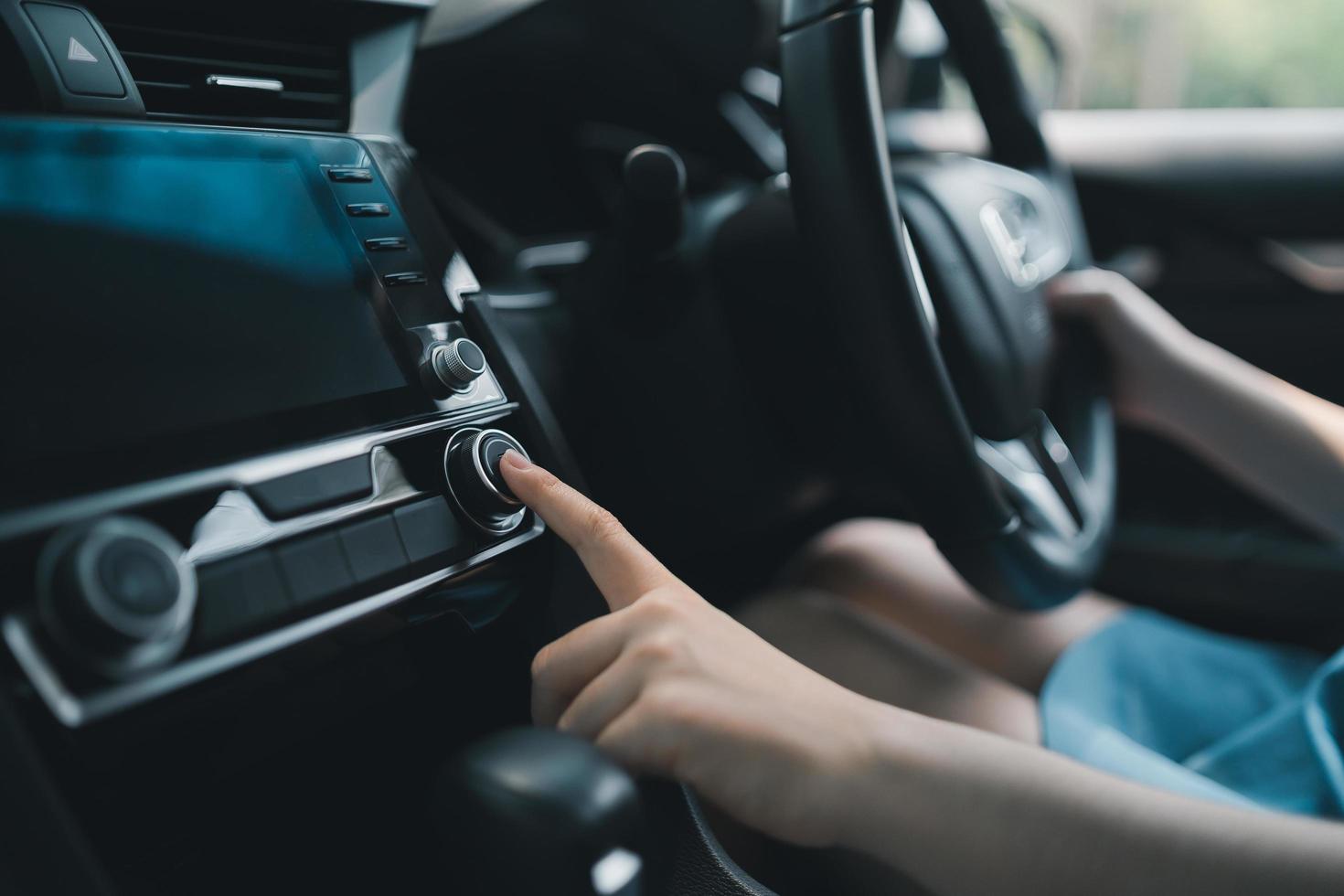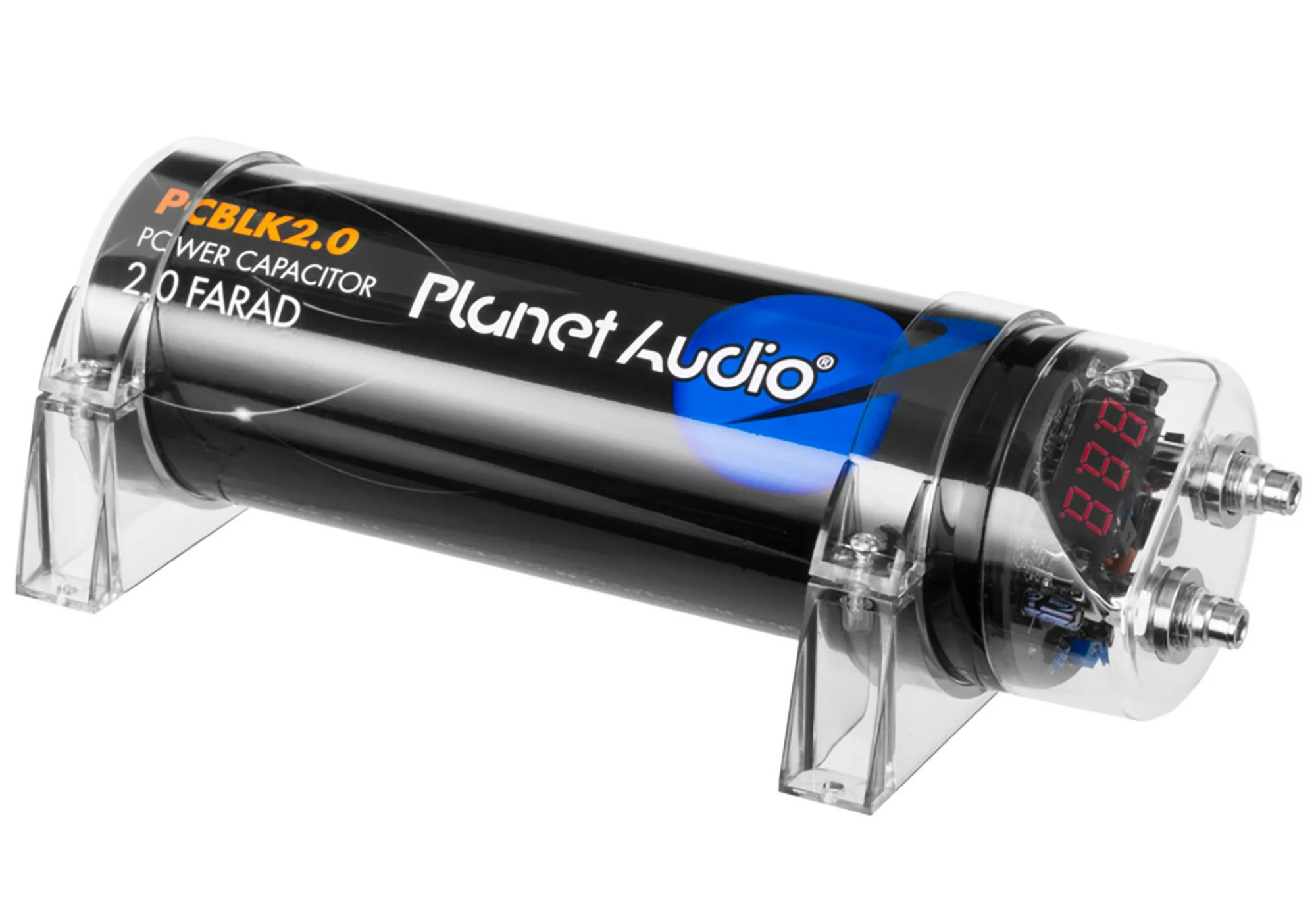Home>Devices & Equipment>Car Audio>What Is SPL In Car Audio
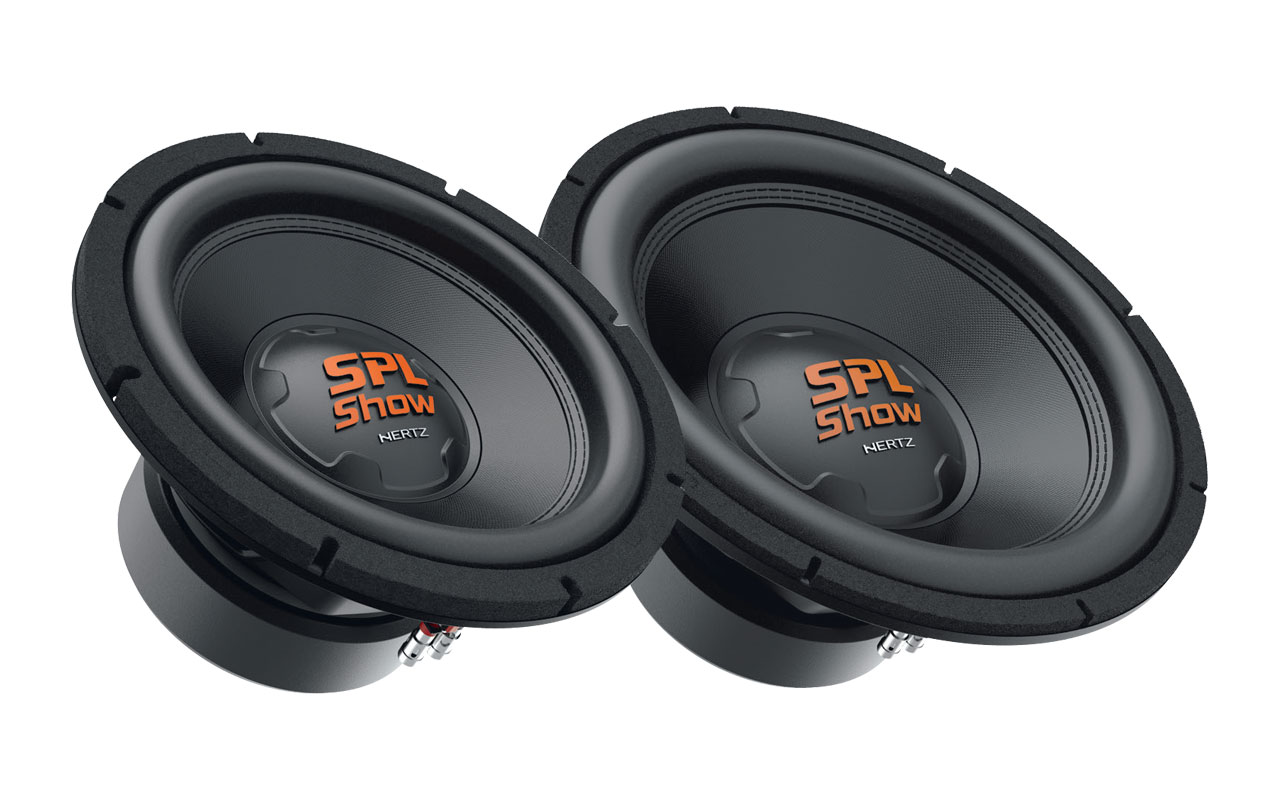

Car Audio
What Is SPL In Car Audio
Modified: February 17, 2024
Learn about SPL in car audio and how it enhances your experience on the road. Discover the best car audio systems to upgrade your sound.
(Many of the links in this article redirect to a specific reviewed product. Your purchase of these products through affiliate links helps to generate commission for AudioLover.com, at no extra cost. Learn more)
Table of Contents
Introduction
Car audio enthusiasts understand the thrill of bumping to their favorite beats while cruising down the road. From crisp highs and deep lows to powerful bass, a high-quality car audio system can transform any drive into a memorable experience. But have you ever wondered what SPL is and why it is important in car audio? SPL, or Sound Pressure Level, is a crucial concept in the world of car audio that measures the volume and intensity of sound.
SPL is not just about listening to music at high volumes; it is about achieving the perfect balance between clarity, power, and precision. Whether you enjoy listening to your favorite tunes or participate in SPL competitions, understanding SPL is essential to optimize your car audio system’s performance.
In this article, we will dive into the world of SPL in car audio, exploring its definition, importance, and factors that affect sound pressure level. We will also discuss the equipment and techniques used to measure SPL, as well as SPL competitions and records. Finally, we’ll provide some tips on how to achieve higher SPL in your car audio system.
So, buckle up and get ready to unleash the full potential of your car audio as we explore the world of SPL.
SPL Definition
Sound Pressure Level (SPL) is a measure of the amplitude or intensity of sound, expressed in decibels (dB). It quantifies how loud a sound is perceived by the human ear. SPL is determined by measuring the pressure variations caused by sound waves in a given space.
Decibels, the unit of measurement for sound intensity, use a logarithmic scale to represent the range of human hearing. The decibel scale allows for a more practical representation of sound levels, as it covers a wide range from the faintest sound that can be detected by the human ear to the threshold of pain.
SPL is often measured using a sound level meter, which detects and quantifies sound pressure levels. The meter converts the detected sound pressure into a dB reading. A typical SPL scale ranges from 0 dB, which represents the threshold of human hearing, to 140+ dB, which is the pain threshold.
It’s important to note that SPL is not solely dependent on the power of the audio equipment or the capability of the speakers. Factors such as the efficiency of the system, the acoustics of the vehicle, and the quality of the audio source also play a significant role in determining the SPL level.
Understanding SPL is crucial for achieving the desired sound experience in car audio systems. It helps car audio enthusiasts optimize their systems for the ideal balance of volume, clarity, and quality.
Now that we have a clear understanding of SPL, let’s explore why it is essential in car audio and how it can enhance your overall sound experience.
Importance of SPL in Car Audio
SPL plays a vital role in car audio systems, as it directly impacts the quality and impact of the sound produced. Here are several reasons why SPL is important in car audio:
- Sound Quality: Achieving the right SPL level can significantly enhance the overall sound quality in a car audio system. Ideal SPL levels allow for clear and balanced sound reproduction, ensuring that every note and beat is heard with precision.
- Immersive Listening Experience: Higher SPL levels can create a more immersive and engaging listening experience. The feeling of being surrounded by powerful, high-quality sound can elevate your enjoyment of music and make your driving experience more enjoyable.
- Bass Impact: SPL levels are particularly important when it comes to delivering impactful bass. Deep bass tones can add depth and excitement to the music, creating a more immersive and dynamic experience for the listener.
- Competition: For car audio enthusiasts who participate in SPL competitions, achieving high sound pressure levels is crucial. These competitions measure the loudest and most intense sound levels produced by car audio systems, showcasing the dedication and expertise of enthusiasts in creating powerful setups.
- Showcasing Audio System Performance: High SPL levels can demonstrate the capabilities and performance of your car audio system. Impress your friends and fellow car audio enthusiasts by delivering impressive sound levels while maintaining clarity and balance.
While SPL is crucial, it’s essential to strike a balance and avoid exceeding safe sound pressure levels that may cause hearing damage or discomfort. It’s important to consider your own listening preferences and prioritize the health of your ears above all.
Now that we understand the importance of SPL in car audio, let’s explore the factors that affect sound pressure levels and how they can be optimized to achieve the best sound experience in your vehicle.
Factors Affecting SPL in Car Audio
Several factors can influence the Sound Pressure Level (SPL) in a car audio system. Understanding these factors can help car audio enthusiasts optimize their setups for maximum SPL while maintaining audio clarity and quality. Here are the key factors that affect SPL in car audio:
- Power Output: The power output of your car audio system plays a crucial role in determining SPL levels. Higher power output from your amplifier can provide greater headroom and allow for louder sound reproduction.
- Speaker Sensitivity: Speaker sensitivity measures how effectively a speaker converts electrical power into audio output. Speakers with higher sensitivity ratings require less power to produce the same SPL levels as speakers with lower sensitivity ratings.
- Enclosure Design: The design and construction of the speaker enclosure can have a significant impact on SPL levels. Enclosures should be properly sized and built using materials that enhance sound reproduction while minimizing sound leakage and distortion.
- Acoustic Treatment: The acoustic properties of your vehicle can greatly affect SPL levels. Factors such as the size and shape of the interior, upholstery materials, and the presence of sound-dampening materials can all influence the sound reflections and resonance within the vehicle.
- Audio Source Quality: The quality of the audio source, such as CDs, MP3s, or streaming services, directly affects the sound reproduction and SPL levels. Higher-quality audio sources with less compression and higher bitrates can provide cleaner and more detailed sound reproduction.
- Sound Deadening: Adding sound deadening materials to your vehicle can reduce external noise and vibrations, allowing for improved sound quality and increased SPL levels. Products such as dynamat or foam insulation can be used to minimize resonance and improve the overall acoustics of the vehicle.
- Crossover and Equalization: Properly setting up crossovers and equalizers can optimize the frequency response of your system, ensuring that each speaker handles the appropriate range of frequencies. This can help prevent distortion and maintain a balanced sound output.
By considering and optimizing these factors, car audio enthusiasts can achieve higher SPL levels without sacrificing audio quality. Experimentation and fine-tuning may be necessary to find the perfect balance for your specific car audio setup.
Now that we understand the factors that affect SPL, let’s explore the equipment and techniques used to measure SPL in car audio systems, allowing enthusiasts to gauge the performance of their setups.
Equipment and Techniques for Measuring SPL
Measuring Sound Pressure Level (SPL) in a car audio system requires specialized equipment and techniques to accurately quantify the intensity of the sound. Here are the essential tools and methods used for measuring SPL:
- Sound Level Meter: A sound level meter (SLM) is the primary device used to measure SPL. This handheld device consists of a microphone, signal processing circuitry, and a display. The SLM captures the sound waves and converts them into electrical signals, which are then processed and displayed as SPL readings in decibels.
- Calibration Microphone: To ensure accurate SPL measurements, a calibration microphone is used. This microphone is designed to provide a known reference sound level for calibrating the sound level meter. Regular calibration is essential to maintain the accuracy of SPL measurements.
- Test Tone Generator: A test tone generator is used to produce a steady and specific frequency tone for SPL measurements. This tone allows for consistent and repeatable measurements across different systems and setups.
- Tuning Software: Advanced enthusiasts and professionals utilize tuning software to analyze and fine-tune their car audio systems for optimal performance. These software programs can provide real-time frequency response graphs, allowing for precise adjustments to achieve desired SPL levels.
- Placement of Microphone: To obtain accurate measurements, the microphone of the sound level meter should be positioned at the listening position or where the listener’s ears would typically be located. It should be facing the source of sound and placed at ear-level for a realistic representation of the SPL levels.
- Averaging SPL Measurements: To account for fluctuations in sound levels, it is common practice to take multiple SPL measurements and average the results. This helps ensure more reliable and consistent readings, especially in environments with varying ambient noise levels.
When measuring SPL, it is important to consider factors such as the surrounding ambient noise, microphone calibration, and the specific measurement standards being used. Following proper measurement techniques and utilizing accurate equipment greatly enhances the reliability and usefulness of SPL measurements.
Now that we have explored the equipment and techniques for measuring SPL, let’s move on to explore SPL competitions and records, where enthusiasts push the boundaries of sound pressure levels.
SPL Competitions and Records
SPL competitions are exciting events where car audio enthusiasts gather to showcase their systems’ sound pressure levels and compete for the title of loudest system. These competitions provide a platform for enthusiasts to push the boundaries of SPL and demonstrate their technical prowess. Here’s an overview of SPL competitions and some notable records:
Format of SPL Competitions: SPL competitions typically involve participants taking turns playing a designated test tone or music track at maximum volume. The sound pressure level produced by their system is measured using specialized equipment, and the highest SPL achieved in a specific class or category wins the competition.
Classes and Categories: SPL competitions often have different classes or categories based on factors such as power level, vehicle type, or speaker configuration. This allows participants to compete against others with similar setups, ensuring a fair and competitive environment.
Notable SPL Records: Over the years, car audio enthusiasts have pushed the limits of SPL, setting impressive records. Some of the notable records include:
- World SPL Record: The current world record for the highest SPL in a car audio system is over 180 decibels (dB)! Such extreme levels require highly specialized and heavily modified setups, showcasing the dedication and expertise of the competitors.
- Various Class Records: Different classes and categories also have their own records. These records range from compact vehicles with smaller systems to larger vehicles with multiple subwoofers and amplifiers. Each record showcases the achievements and innovations within specific categories.
Breaking records requires a combination of high-quality audio equipment, advanced tuning techniques, and innovative installation approaches. The pursuit of SPL records continues to inspire car audio enthusiasts worldwide to push the boundaries of what is possible in achieving extreme sound pressure levels.
Participating in SPL competitions and challenging records is not only a thrilling experience but also an opportunity to learn from fellow enthusiasts and gain valuable insights into optimizing the performance of your car audio system.
Now, armed with knowledge about SPL competitions and records, let’s explore some tips for achieving higher SPL levels in your car audio system.
Tips for Achieving Higher SPL in Car Audio Systems
If you’re looking to maximize the Sound Pressure Level (SPL) in your car audio system, here are some tips to help you achieve higher SPL levels:
- Invest in High-Quality Equipment: To achieve higher SPL levels, it’s essential to invest in high-quality audio equipment, including amplifiers, speakers, and subwoofers. Higher power output and efficiency can contribute to increased SPL levels.
- Optimize Speaker Placement: Proper placement of speakers plays a significant role in maximizing SPL. Experiment with speaker positioning to find the optimal location that maximizes sound projection and minimizes interference or cancellation.
- Choose an Appropriate Enclosure: The type of enclosure used for subwoofers can greatly impact SPL levels. Sealed enclosures typically provide better low-frequency response, while ported enclosures can enhance overall volume and SPL output. Consider the characteristics and goals of your system when selecting enclosures.
- Amplification and Wiring: Ensure that your audio system is adequately powered with an amplifier that matches the power needs of your speakers. Use quality wiring and ensure proper grounding to maximize the power delivery to your audio system.
- Utilize Sound Deadening: Applying sound deadening materials to your vehicle’s doors, floor, and trunk can minimize sound leakage and vibrations while improving overall acoustics. This allows for cleaner sound reproduction and increased SPL performance.
- Tune Your System: Properly tuning your system using equalizers and crossovers can help optimize SPL levels. Adjusting the frequency response and eliminating peaks or dips in specific frequency ranges can enhance overall sound quality and maximize SPL potential.
- Consider Power Handling and Impedance Matching: Ensure that your speakers and amplifiers are properly matched in terms of power handling and impedance. Mismatched equipment can lead to inefficient power transfer and decreased SPL performance.
- Minimize Distortion: Distortion can negatively impact the overall sound quality and SPL capability of your system. Ensure that your audio source, amplifiers, and speakers are properly calibrated and set up to minimize distortion at higher volume levels.
- Professional Installation and Consultation: Seeking professional assistance for system design, installation, and tuning can provide valuable insights and ensure optimal performance. Professional installers can help you make informed choices and eliminate any potential installation issues that may hinder SPL performance.
Remember, achieving higher SPL levels should be done responsibly, considering the limitations of your vehicle and your own listening comfort. Always prioritize your hearing health and be mindful of local noise regulations.
By following these tips and continuously fine-tuning your car audio system, you can optimize your SPL levels and enjoy a powerful and immersive audio experience on the road.
Now, let’s conclude our exploration of SPL in car audio systems.
Conclusion
Sound Pressure Level (SPL) is a fundamental concept in the world of car audio. It measures the intensity and volume of sound and plays a crucial role in creating an immersive and impactful audio experience. Understanding SPL allows car audio enthusiasts to optimize their systems for maximum performance and enjoy the full potential of their setups.
In this article, we delved into the definition of SPL, its importance in car audio, and the factors that affect SPL levels. We explored the equipment and techniques used to measure SPL, as well as the excitement of SPL competitions and the records set by enthusiasts pushing the boundaries of sound pressure levels.
To achieve higher SPL in car audio systems, we provided valuable tips, including investing in quality equipment, optimizing speaker placement, utilizing sound deadening materials, and properly tuning the system for optimal performance. It’s crucial to strike a balance between volume and sound quality while considering your own listening preferences and ensuring the safety of your hearing.
As car audio technology advances and enthusiasts continue to push the limits of SPL, the potential for a truly immersive and powerful audio experience on the road continues to grow. Remember, understanding and appreciating SPL allows us to elevate our enjoyment of music and transform every drive into a memorable sonic journey.
So, whether you’re a casual listener or a dedicated SPL competitor, embrace the world of SPL in car audio and discover the joy of powerful, high-quality sound in your vehicle.


